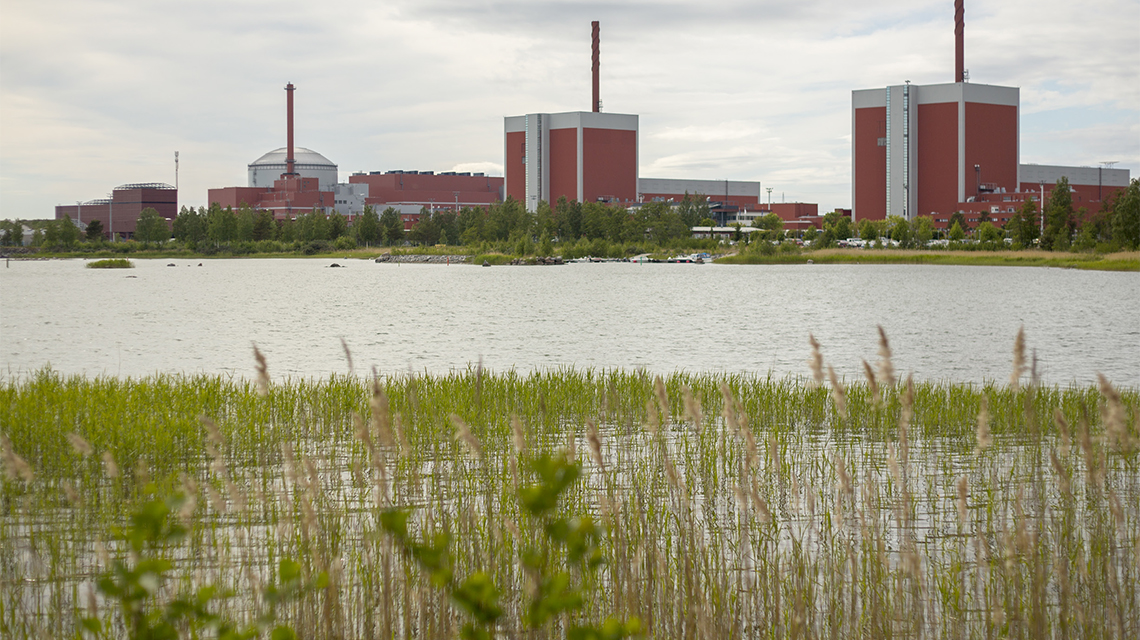From energy security to greenhouse gas reduction
But as the goal of energy policy shifted in recent years to GHG reduction, other advantages of nuclear power came into focus. While the Government aims to phase out coal and increase the use of renewables, such as solar, wind and biofuels, to cut emissions by up to 95% by 2030, policymakers also say that achieving both energy security and climate goals will not happen through intermittent sources alone.
“Smart grids will help, but we would need a huge energy storage in order to manage with solar power and wind power only — and there are no such technologies yet,” Huttunen said.
When the new reactors become operational at Olkiluoto and Hanhikivi, another plant planned for construction in the coming years, nuclear power may provide more than half of Finland’s electricity production — all virtually free of GHG emissions. In addition, Finland is on track to become the first country to operate a deep geological repository for the permanent disposal of nuclear spent fuel. It is expected to begin operation in the mid-2020s.
“The fact that nuclear energy production is carbon free is quite well accepted and understood in Finland in society, and this is of course promoting these new build projects,” said Liisa Heikinheimo, who is responsible for nuclear energy as Deputy Director General of the Energy Department at the Ministry of Economic Affairs and Employment. “Additionally, efforts in Finland to manage the disposal of spent nuclear fuel have also been important for the public acceptance of nuclear power.”
Finland’s energy and climate strategy also looks into the possibility of eventually relying on renewables for all the country’s energy needs. But for now, Huttunen says that’s not realistic — and not only for Finland.
“If we want to meet the Paris climate agreement goals — and at the moment we are far, far from the path — we have to take advantage of all low-carbon technologies,” he said. “Whether individual countries want to do that is a political decision, but as a globe we also need nuclear power to reach the climate goals.”

